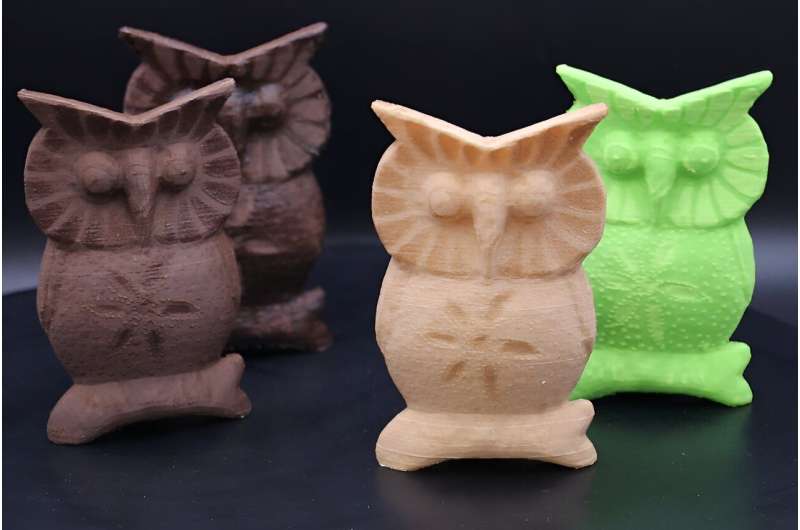Researchers from MIT and Delft University of Technology have developed a novel 3D printing technique called speed-modulated ironing that allows for unprecedented control over the color, texture, and shade of printed objects. This innovative approach leverages heat-responsive materials, eliminating the need for hardware modifications and reducing waste, making it a game-changer in the world of 3D printing.

Revolutionizing Single-Material 3D Printing
The traditional approach to multi-material 3D printing can be time-consuming and wasteful, as printers must switch between multiple nozzles and often discard one material before depositing another. The researchers from MIT and Delft University of Technology have developed a game-changing technique that addresses these limitations.
Their method, called speed-modulated ironing, utilizes a dual-nozzle 3D printer. The first nozzle deposits a heat-responsive filament, and the second nozzle passes over the printed material to activate specific responses, such as changes in opacity or coarseness, using heat. By controlling the speed of the second nozzle, the researchers can heat the material to precise temperatures, finely tuning the color, shade, and roughness of the heat-responsive filaments.
Achieving Unprecedented Precision and Versatility
The researchers have developed a model that predicts the amount of heat the “ironing” nozzle will transfer to the material based on its speed. This model serves as the foundation for a user-friendly interface that automatically generates printing instructions to achieve the desired color, shade, and texture specifications.
The team has experimented with various heat-responsive filaments, including a foaming polymer with expandable particles, a filament filled with wood fibers, and one with cork fibers. These materials can be manipulated to produce a wide range of shades, translucencies, and textures, all within a single-material printing process. The researchers have demonstrated how their method can create objects like partially translucent water bottles and bike handles with varied roughness for improved grip, all while being more efficient and less wasteful than traditional multi-material 3D printing.
Unlocking New Possibilities in 3D Printing
The potential of speed-modulated ironing extends beyond just aesthetics. The researchers envision exploring the use of this technique to modify the mechanical and acoustic properties of certain materials, opening up new avenues for product design and manufacturing.
As the team continues to refine and expand the capabilities of their method, the implications for the 3D printing industry are significant. By providing a more efficient, versatile, and high-precision approach to achieving color, texture, and shade variations, speed-modulated ironing has the potential to revolutionize the way we think about and utilize 3D printing technology, ultimately empowering creators and innovators to push the boundaries of what’s possible.
